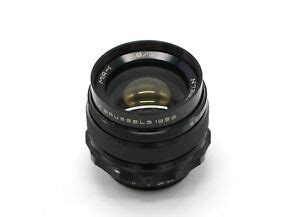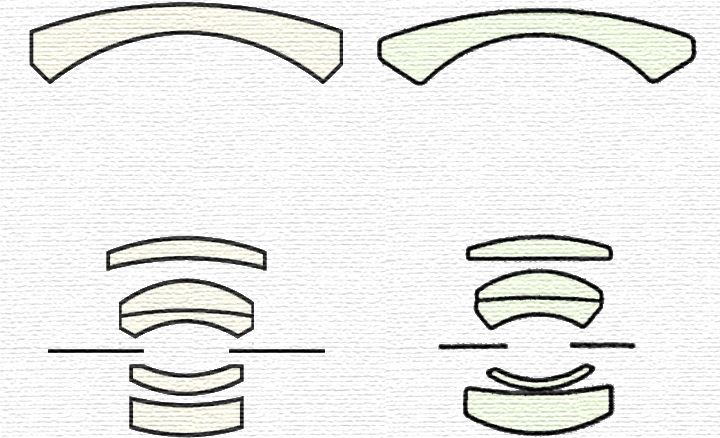HistorySoviet lenses have a strange background in comparison with their German and Japanese counterparts. Some optical designs, such as this lens are almost direct copies of the Biotar and Flektogon series made my Carl Zeiss. However, what makes them stand apart is that even if they are copies they still have a unique image rendering and this lens is no exception. It is a pity that collectors of lenses have preferred the Helios to the MIR as these lenses give the same swirly bokeh but somewhat muted, makes them if anything more useful.
The names of the Soviet lenses often featured cosmic themes rather than optical design think of popular names such as Jupiter, Vega, Helios, Tair. In the Soviet era, everything that is connected with space was a trend. And they called the cosmic names of not only for their lenses, but other items such the tape player "Vega" motorbikes "Jupiter," and so many more products. Soviet lenses can be divided in two ways. Sometimes the name states the optical design (Helios, Industar, etc), The second way to clarify them is the brand of the manufacturer (Arsat, Zenitar, BelOMO).
As Russian companies developed the Zeiss lenses the Soviet designers had to produce them with lower quality Soviet types of glass and put them into production. This necessitated some design changes as with this lens. Interestingly these changes did not necessarily lead to a ported image indeed often the changes improved on the lens design. So developed legendary Soviet lenses. Some optical designs were also invented by Soviet designers. For example Tair, Telear, Kaleinar etc.
This Lens
The Mir-1 37 mm f/ 2.8 Black (Russian: "Мир") is an interchangeable wide-angle fast lens. It is equipped with an iris preset aperture. The lenses are coated. In 1958 it was rewarded the Grand Prix at the Expo-58 in Bruxelles. In 1959 the lens was rewarded the 2nd degree diploma of the Exhibition of Achievements of the National Economy of the USSR.
Its optical scheme was designed by D. S. Volosov in 1954 and was stated was based on the Carl Zeiss Jena Flektogon 35mm f/2.8, manufactured after the WW II by the Carl Zeiss, Jenna. It has a negative meniscus as the front lens, which considerably reduces vignetting when wide open.
It was produced at different times by the KMZ, the Zagorsky Optical and Mechanical Plant (ZOMZ), the Vologda Optical-and-Mechanical Plant (VOMZ), the Arsenal Factory. The Mir-1 was destined to replace Zenit and other cameras having a compatible mount. There were variants for the Kiev-10 SRL cameras, TV cameras and other equipment.
It was recommended for all types of photography. It was considered especially useful when extraordinary sharpness of all details of the image was required.
Lens In Use
The lens really produces a rather sharp picture, while "voluminosity" is well retained.
It does not handle well back and side light. Blackening is not of quality.
This lens is a perfect compliment to the helios 44-2 being a wide angle lens but having the same characteristics and swirly bokeh. This lens is unfortunately overshadowed by the helios in that many photographers have never heard of it which is a shame because its image quality is very good for its time.
The minimum focus is not good at .7m but this is easy to correct by simply removing the minimum focus pin.
You need to keep the subject in the centre of the frame as the outer edges become very soft, this an be a positive if the lens is used correctly.
I often reverse the front element on this lens to get an explosive bokeh (see images). Whilst it is also possible to do this with the Helios 44 I find due to the focus areas not effected by the lens reversal in the centre of the image this lens is more suited to the process.
Summary I purchased this lens for about 10 euros as it is not well known and I must say that I am blown away by it, especially for macro and revised from element images. I did remove the screw to give me closer focal lengths.
Rarely is learning so much fun! I just love this vintage lens and for the price…… well just mind blowing!
For general information on lens design and lens elements go to the homepage
HERE 





